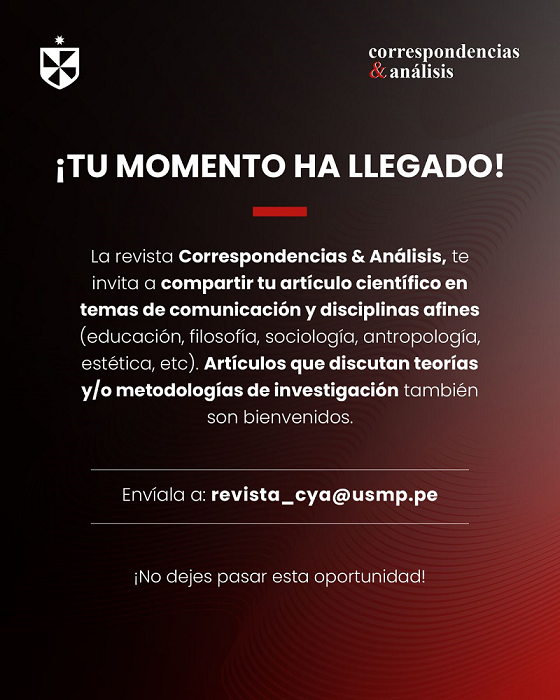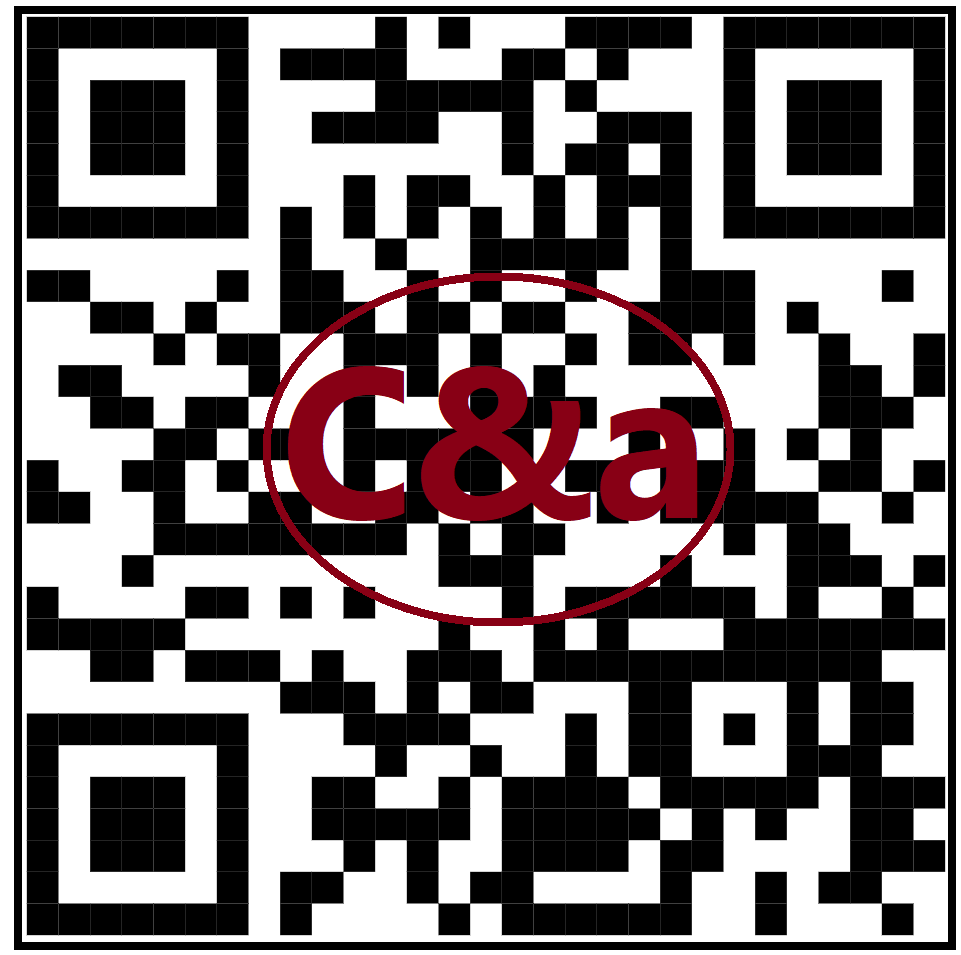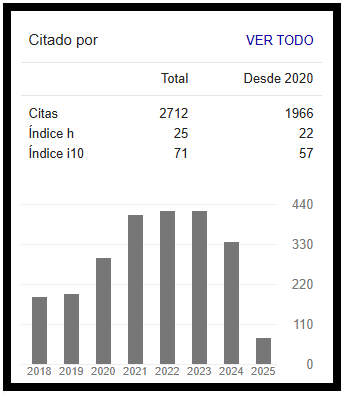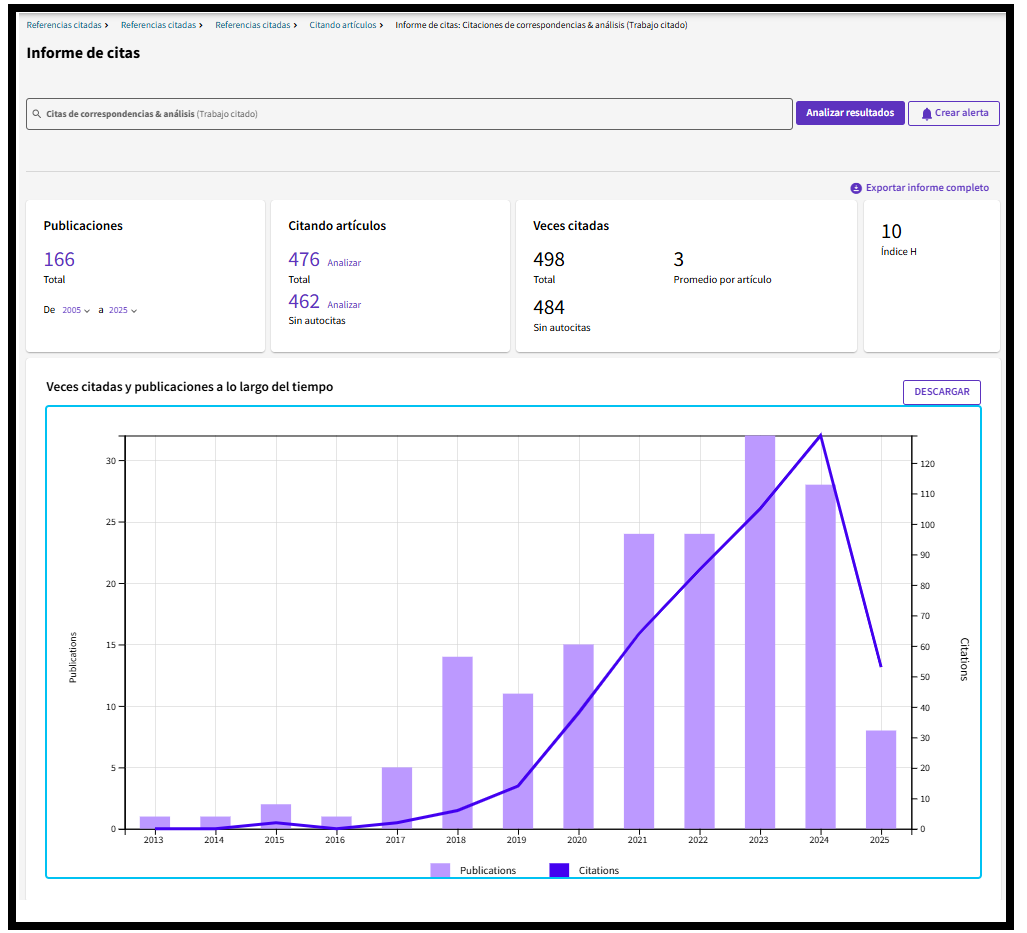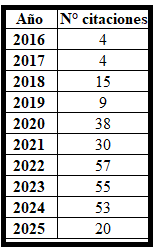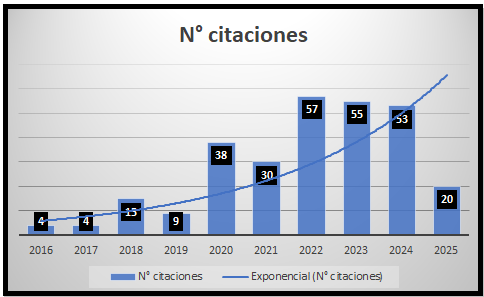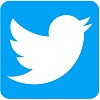Traditional reading versus digital reading
DOI:
https://doi.org/10.24265/cian.2014.n4.03Keywords:
Digital Culture, Traditional reading, Digital reading, Reading-ViewerAbstract
This article pretends to be an approach to an academic debate between two scenarios that have risen amongst reading as we know it. With the integration of technological devices as iPads, Kindles, laptops, etc. the objectives, experiences and actors that participate in the reading process are inevitable affected, re-configuring the concept. This is why it is worth to distinguish both scenarios and generate a conversation that lead us to integrate both worlds and make reading a rewarding experience that’s integrated to digital life.
Metrics
Downloads
References
Jabr, F. (2014). “Por qué el cerebro prefiere el papel”. Investigación y Ciencia, núm. 449, pp. 82-87.
Librería Gandhi (2014). “Publicidad Gandhi”. Extraída el 20/V/2014 desde http://www.gandhi.com.mx/index.cfm/Publicidad
Martín-Barbero, J. (2005). “Los modos de leer” [entrevista realizada por Omar Rincón]. Extraída el 20/V/2014 desde http://www.fesmedia-latinamerica.org/uploads/media/Los_modos_de_leer.pdf
McLuhan, M. y Fiore, Q. (1967). El medio es el mensaje. Un inventario de efectos. Barcelona: Paidós.
Sánchez, M. (2009, diciembre 14). “Carteles graciosos e incoherentes”. Extraída el 20/V/2014 desde http://de10.com.mx/wdetalle4925.html
Scolari, C. (2012, febrero 26). “El lectoespectador: Una lectura (1)”. Blog Hipermediaciones Conversaciones sobre la comunicación digital interactiva. Extraída el 20/V/2014 desde http://hipermediaciones.com/2012/02/26/lecto-espectador-lectura/
Sepúlveda, E. y Suárez, C. (2012). “Libros electrónicos interactivos: nuevos lectores y nuevas terminales de lectura”. Extraída el 20/V/2014 desde http://www.funlam.edu.co/uploads/centroinvestigaciones/96_Memorias-encinvesti2012%5B1%5D.pdf
Smith, L. (2010, agosto 16). “It’s a Book by Lane Smith - Book Trailer”. Extraída el 20/III/2012 desde http://www.youtube.com/-watch?v=x4BK_2VULCU
Trujillo Sáez, F. (2013). “Lectura e Internet: ¿Qué aportan las TIC a la lectura?”. Extraída el 20/V/2014 desde http://www.juntadeandalucia.es/educacion/web-portal/descargas/familiaslectoras/flash/coleccion/resources/cariboost-_files/cuaderno10.pdf
YouTube, sitio web.
_(2011, octubre 6). “A Magazine Is an iPad That Does Not Work”. Extraída el 20/V/2014 desde https://www.youtube.com/watch?v=aXV-yaFmQNk
Downloads
Published
Issue
Section
Categories
License
Copyright (c) 2014 Leda Romero

This work is licensed under a Creative Commons Attribution 4.0 International License.
In case the manuscript is approved, the authors retain the copyright and assign to the journal the right to publish, edit, reproduce, distribute, display and communicate in the country of origin and abroad by means of print and electronic media in different databases.
In order for this procedure to be recorded, the author must fill out the following formats:
Format 1 - Author data Format.
Format 2 - Affidavit on originality and authorization for the publication of articles Format.
Format 3 - Open Science Compliance.







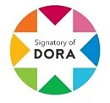
2.png)


